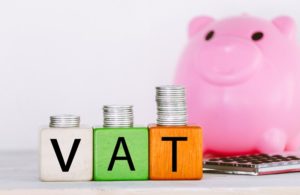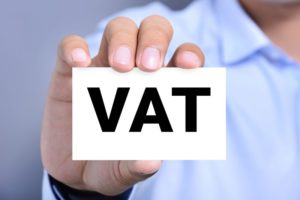The First-Tier Tribunal recently heard an appeal that considered the correct VAT treatment of a promotional offer by the retailer, Marks and Spencer (M&S). The issue concerned a frequently run promotion referred to as ‘Dine In for £10 with Free Wine’. Using this offer, customers could buy 3 items of food (comprising a main course, side dish and dessert) from a specific selection for £10 and receive a ‘free’ bottle of wine.
If the items were sold separately then the food items in question were clearly zero-rated for VAT whilst the wine would be standard-rated. HMRC took the view that this was the case even with the offer and that there was no ‘gift’ element. In HMRC’s view, the customer was essentially buying 4 items for £10 with the VAT apportioned accordingly.
M&S argued that the wine was supplied free for VAT purposes and that the Tribunal must respect the structure chosen in an arm’s length transaction such as the ‘Dine In’ promotion. M&S was of the view that the contractual deal could not be rewritten, and this was a case where ‘free means free’.
Both M&S and HMRC sought to justify their respective positions using established case law. However, the Tribunal ultimately decided the case in favour of HMRC effectively rejecting the argument by M&S that the wine was free and decided that the price paid by the customer must be allocated across the 4 items for VAT purposes. The amount of VAT at issue was very substantial. In fact, M&S in figures provided to the Tribunal estimated that the VAT at stake was approximately 70p per £10 unit sold and HMRC had raised assessments totalling millions of pounds.
The Tribunal Judge was also clear that ‘the fact that the wine would usually be the most expensive item in the promotion in terms of separate shelf price reinforces this analysis of the economic and commercial reality’.
The case helps demonstrate that the VAT treatment of a marketing offer needs to be carefully considered. The £10 deal appeared to give the customer a ‘free’ bottle of wine but there is a wider set of facts that must be examined including the economic, commercial and contractual parts of the puzzle.
This will not be the last case where we will see a food retailer seeking to use the VAT rules to their advantage whilst attracting customers to an offer. However, it is difficult to see how the Courts will treat other offers with each case likely to be decided on its merits.







